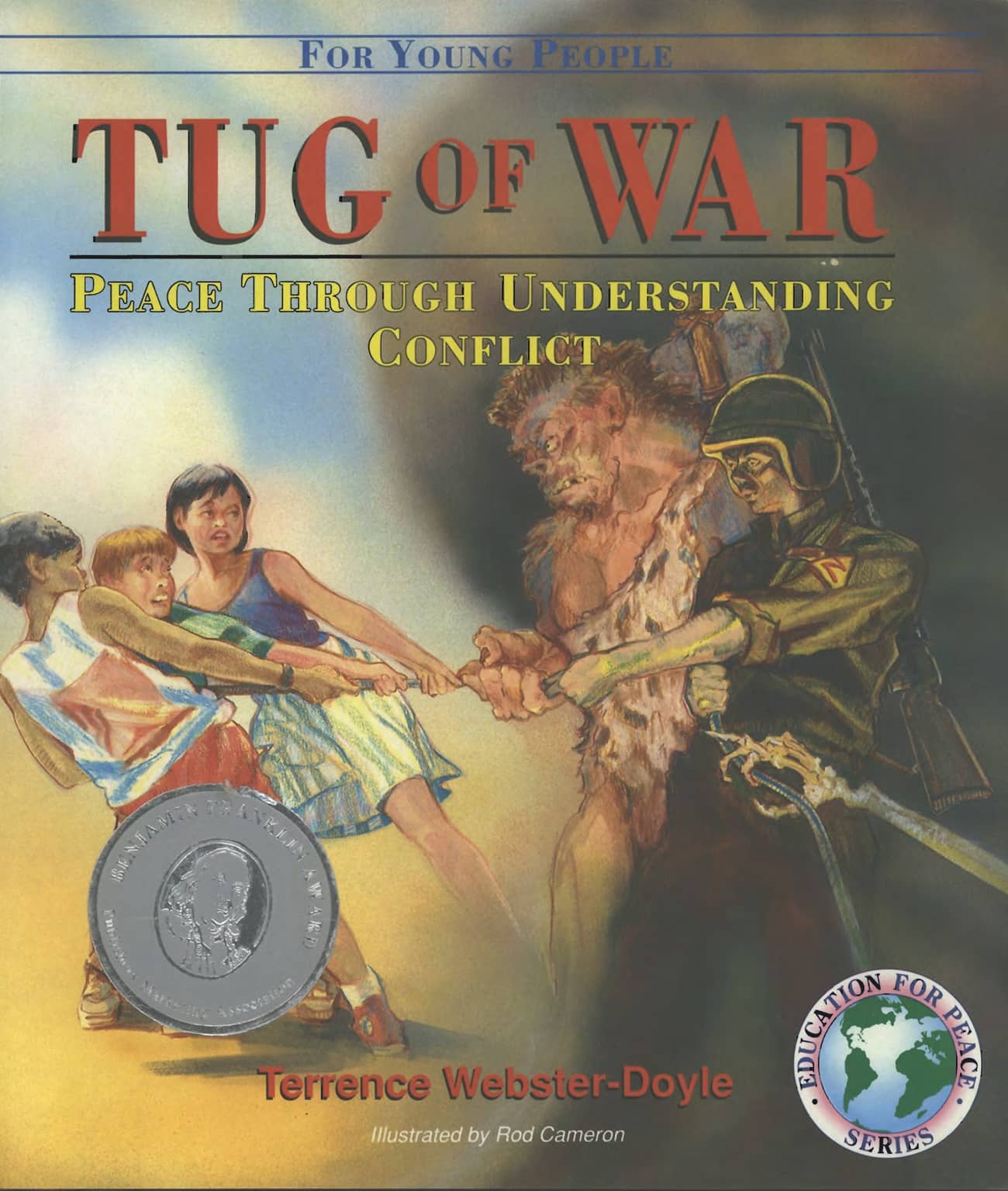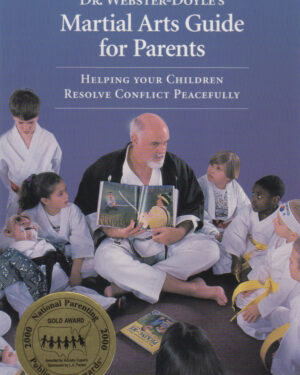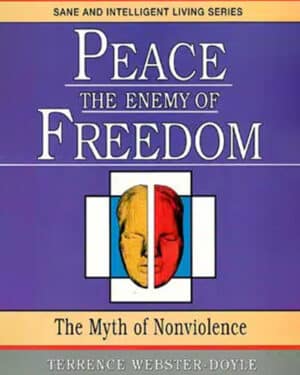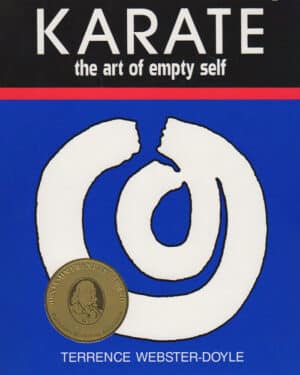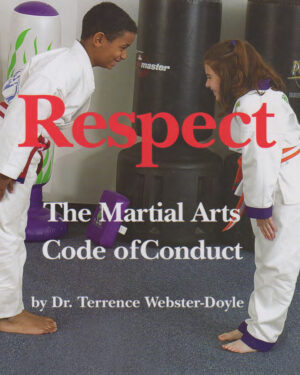Tug of War: Peace through Understanding Conflict (EN & RU)
$10.00
For young people concerned about war. Encourages the study of conflict resolution as an integral part of a young person’s education.
This book is for young people who are concerned about war. This book is filled with creative stories and activities on how to resolve conflict in peaceful ways. It will teach you …
- What the roots of war are!
- How we create “The Enemy”!
- A new way to handle violence!
- How each of us is responsible for preventing peace!
- This Book is for Adults Too!
This book can aid parents, teachers, and counselors in helping young people gain:
- An understanding of how conflict is created and maintained
- The skills to successfully cope with individual and global violence
This book encourages the study of conflict resolution as an integral part of a young person’s education!
| Audience | |
|---|---|
| Languages | |
| Topics | |
| Format |
